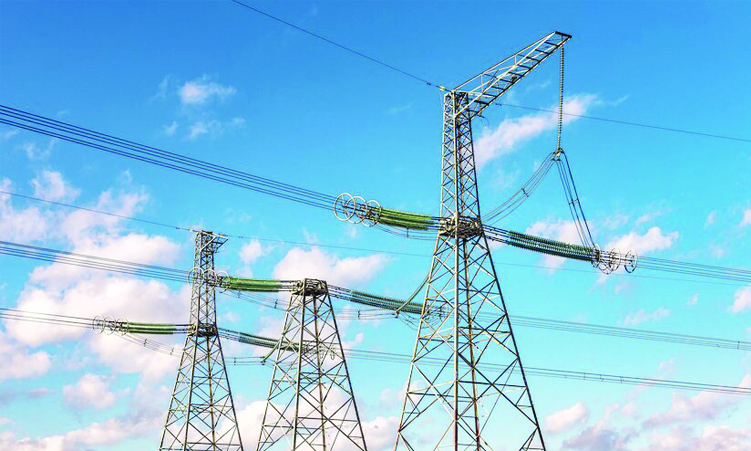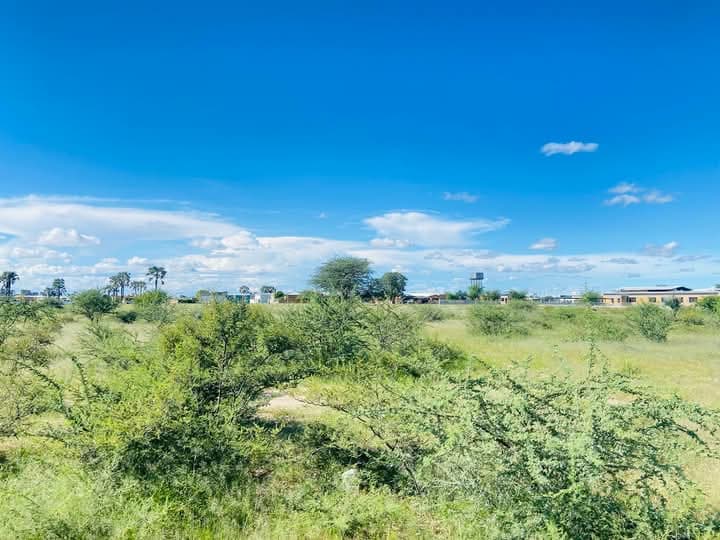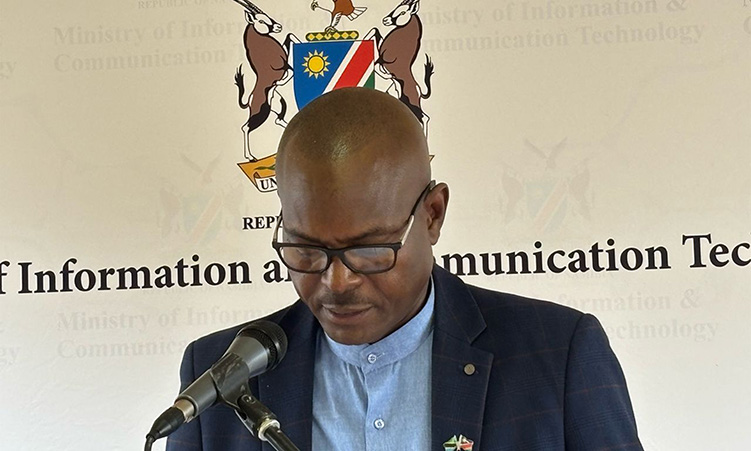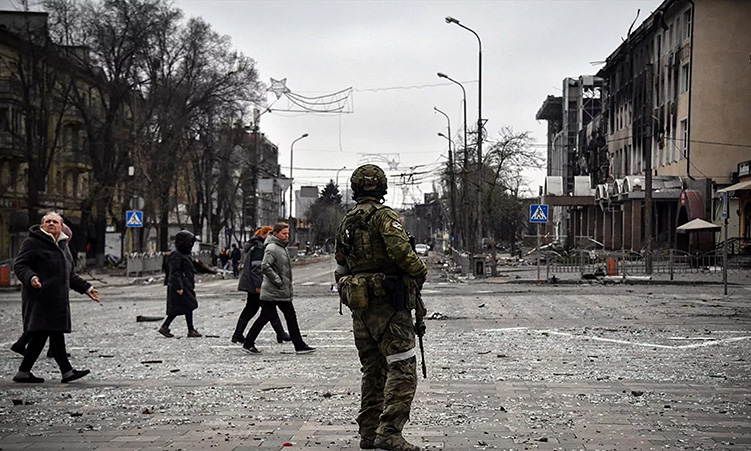FITCH Ratings has affirmed NamPower’s long-term issuer default rating (IDR) at ‘BB-’, with a stable outlook.
Commenting on the rating, the managing director of High Economic Intelligence, Salomo Hei, yesterday said the positive outlook is good for NamPower, because the utility could attract investment in its expansion projects.
“Currently, there is an energy crisis globally, and security of supply has been constrained. NamPower is one of the key institutions able to meet demand currently, and its outlook is stable because it has huge potential for the expansion of generation capacity,” Hei said.
According to a statement from the rating agency, NamPower’s rating is constrained by the Namibian sovereign (BB-/stable) under Fitch’s government-related entities (GRE) rating criteria, and parent and subsidiary rating linkage (PSL).
NamPower’s ‘BBB-’ standalone credit profile (SCP) reflects its monopolistic position in energy trading and transmission in Namibia, with a strong financial profile.
Fitch says it expects a weakening of NamPower’s financial profile in the medium term, driven by high reliance on imports in the short term, and a significant capex programme which would drive negative free cash flow (FCF) in the next few years.
“Materially negative FCF that depletes the net cash position will likely result in a downward revision of the SCP,” says Fitch.
Fitch assessed the links between NamPower and the government as strong, considering the factors under the GRE criteria.
This is due to the government’s full ownership of the company through the Ministry of Mines and Energy and the Ministry of Finance.
“The track record of support is ‘strong’, reflecting the previous guaranteed debt by the government, our expectations that future debt could also be guaranteed by the government, and historical government grants for infrastructure and fuel,” the agency says.
Fitch deems the socio-political and financial implications of a default by NamPower as ‘strong’, given the essential character of electricity supply and significant development needs for electricity infrastructure.
“Based on our PSL criteria (stronger subsidiary path), we assess the legal ring-fencing around NamPower and access and control as ‘open’, so the company’s rating is capped by the sovereign rating,” Fitch says.
NamPower’s ‘BBB-’ SCP reflects the company’s monopolistic market position in energy trading and transmission in Namibia and the cost-reflective tariff framework.
The company has a strong capital structure of N$7,7 billion of liquid investments, compared with N$531 million debt as at 30 June 2022.
“However, we expect negative FCF for the next four years, which will deplete a major part of the short-term liquid investments,” the agency says.
Fitch forecasts total capex of N$10,5 billion between 2023 and 2026, which will lead to a double-digit negative free cash-flow margin (average -31%).
The capex programme will be partially financed by internal cash, short-term investments, and additional borrowing.
Rising capex resulting in materially negative FCF would deplete the short-term investments and likely result in a downward revision of the SCP.
NamPower expects capital spending on new transmission to represent almost 57% of total capex for 2023 to 2026, new generation projects (38%), and other capex (5%).
“We note that the capex plan is aggressive and entails execution risks,” the power utility says.
The group is highly dependent on energy imports, which represented almost 72% of the total energy supplied in the financial year ending 30 June 2022.
NamPower has a capex plan to develop several generation projects with total capacity of 238 megawatts (MW), which, along with the capacity of 114MW to be developed by independent power producers (IPPs), should reduce the reliance on imported electricity in the medium term.
NamPower expects imported electricity to represent almost 49% of total electricity supplied in the 2026 financial year.
“The Ruacana hydro power plant represents about 37% of installed capacity available to NamPower (including imports), and its production varies depending on the flow of the Kunene River.
“This variation in production has a direct impact on NamPower’s total cost of electricity supply. In the 2022 financial year, the river flow was significantly slow, leading to a drop in the electricity generated from Ruacana to 781GWh. To bridge the gap, NamPower increased the imported electricity, which led to a significant increase in the cost of supply.”
NamPower’s ratings are the same as NamWater’s.
The IDRs are constrained by the Namibian sovereign in accordance with Fitch’s GRE and PSL criteria.
Their ‘BBB-’ SCPs benefit from monopoly positions and strong financial profiles.
However, NamPower has a weaker business profile due to smaller scale, weaker market trends, volatile profitability and significant reliance on load factors at Ruacana and imported electricity.
– Email: matthew@namibiaqn.com.na
Stay informed with The Namibian – your source for credible journalism. Get in-depth reporting and opinions for
only N$85 a month. Invest in journalism, invest in democracy –
Subscribe Now!










